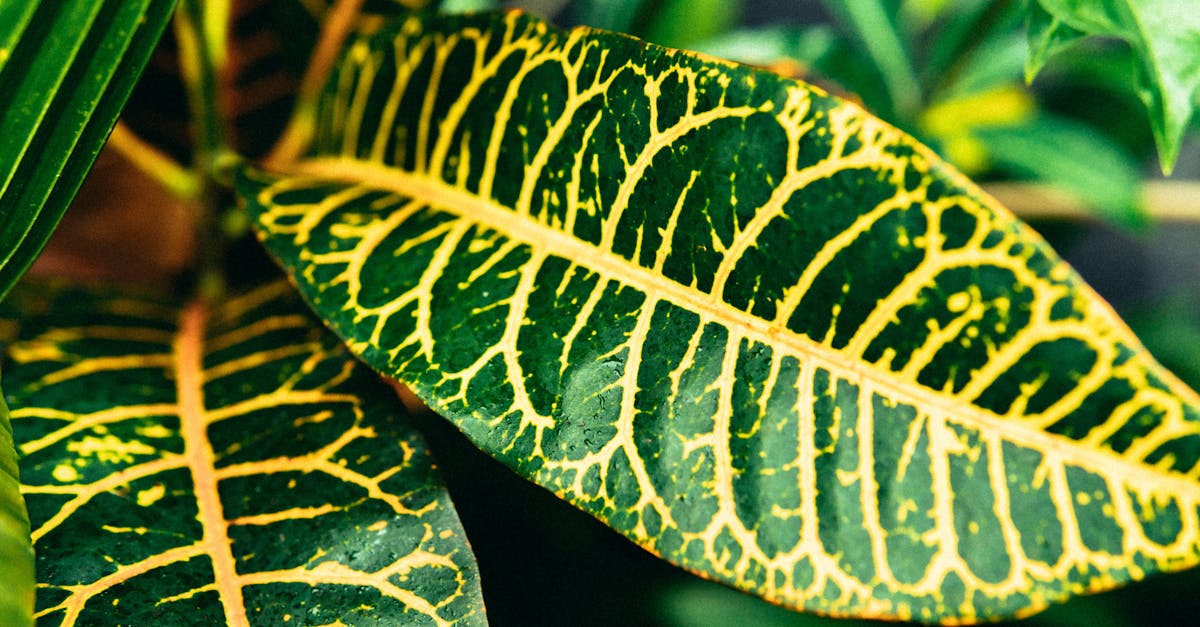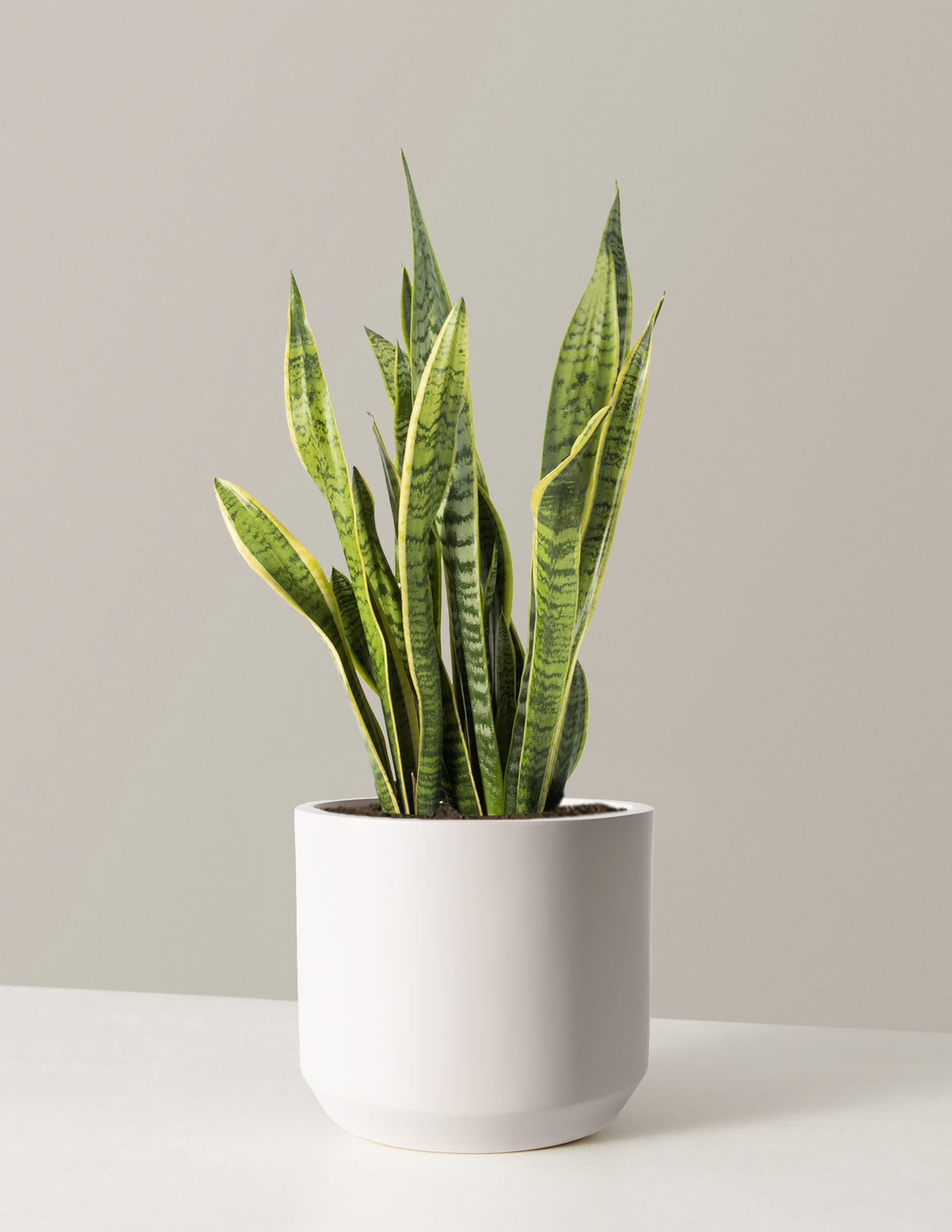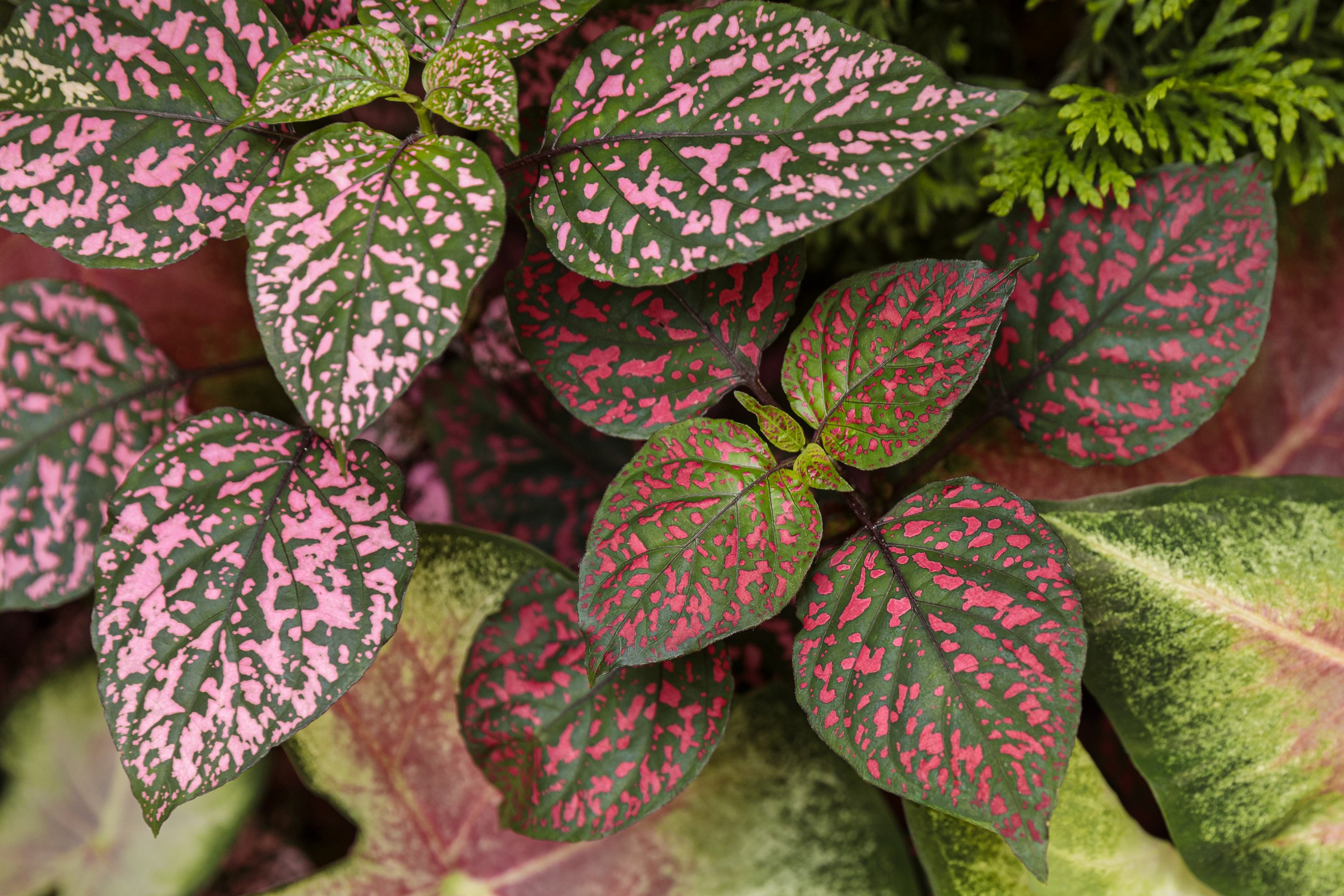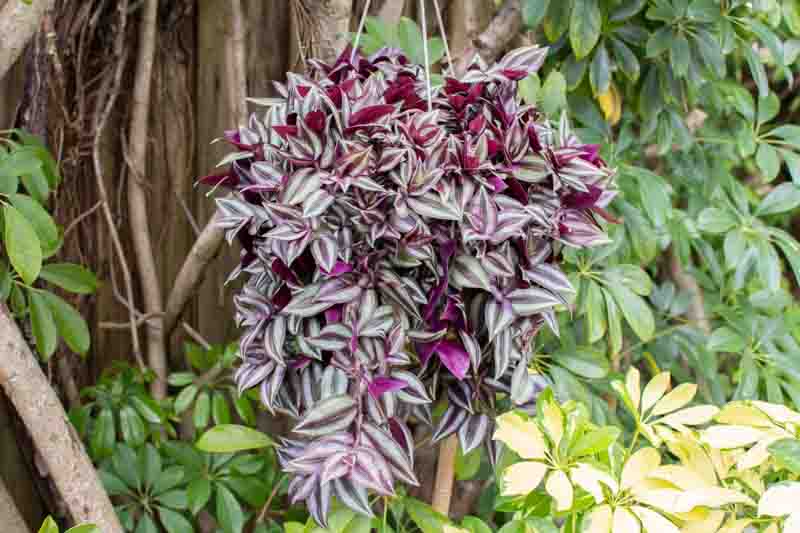How To Care For Croton (Codiaeum variegatum)
How to Care for Croton (Codiaeum variegatum): A Detailed Guide
Crotons (Codiaeum variegatum) are known for their vibrant, multicolored foliage, which can add a splash of color to any indoor or outdoor space. While they can be a bit more demanding than some other houseplants, with the right care, Crotons can thrive and become a stunning focal point. Here’s a comprehensive guide to help you care for your Croton plant.
1. Light Requirements
Crotons need bright, indirect light to maintain their vivid colors. They can tolerate some direct sunlight, especially in the morning or late afternoon, which can help enhance their color. However, too much direct sun, particularly during the peak of the day, can scorch the leaves. If the light is too low, the colors will fade, and the plant may become leggy. Place your Croton near an east or west-facing window for optimal light conditions.
2. Watering
Crotons prefer consistently moist soil but are sensitive to overwatering. Water the plant when the top inch of soil feels dry. Ensure the pot has good drainage to prevent standing water, which can lead to root rot. During the growing season (spring and summer), you may need to water more frequently, while in the winter, reduce watering as the plant’s growth slows. Always use room temperature water to avoid shocking the plant.

3. Humidity
Crotons thrive in high humidity environments. Aim for a humidity level of 40-80%. If your home is particularly dry, especially during the winter, consider using a humidifier, placing the plant on a tray filled with water and pebbles, or misting the leaves regularly to increase humidity. Adequate humidity helps prevent the edges of the leaves from browning.
4. Temperature
Crotons prefer warm temperatures between 65-85°F (18-29°C). They are sensitive to cold drafts and sudden temperature changes, which can cause leaf drop. Keep the plant away from windows or doors that may have cool drafts and from heating or air conditioning vents.
5. Soil and Potting
Crotons require well-draining soil. A peat-based potting mix with added perlite or sand works well to enhance drainage. Repotting should be done every 1-2 years in the spring, or when the plant outgrows its current pot. Choose a pot that is one size larger than the current one to give the roots room to grow.
6. Fertilizing
Feed your Croton every 4-6 weeks during the growing season with a balanced, water-soluble fertilizer diluted to half strength. Avoid fertilizing in the fall and winter months when the plant’s growth slows. Over-fertilizing can lead to a buildup of salts in the soil, which can damage the plant.
7. Pruning
Regular pruning helps maintain the plant’s shape and encourages bushier growth. Use clean, sharp scissors or pruning shears to trim back any leggy or overgrown stems. Remove any yellow or damaged leaves to keep the plant looking healthy. Pruning also stimulates new growth and can help control the size of the plant.
8. Propagation
Crotons can be propagated through stem cuttings. Take a cutting with at least three leaves, remove the lower leaves, and dip the cut end in rooting hormone. Plant the cutting in a pot with moist, well-draining soil, and cover it with a plastic bag to create a humid environment. Place the cutting in a warm, bright location, and keep the soil moist until roots develop.
9. Pest and Disease Management
Crotons can be susceptible to pests like spider mites, aphids, and mealybugs. Regularly inspect the plant for signs of pests, such as webbing, sticky residue, or visible insects. Treat infestations with insecticidal soap, neem oil, or by wiping the leaves with a damp cloth. Proper watering and good air circulation help prevent fungal and bacterial diseases.
10. Leaf Care
Croton leaves can collect dust, which can interfere with photosynthesis. Clean the leaves gently with a damp cloth or sponge to keep them looking their best. Avoid using leaf shine products, as they can clog the pores on the leaves.
Conclusion
Crotons, with their vibrant and colorful foliage, can be a striking addition to your indoor or outdoor garden. By providing the right light, moisture, and environment, you can enjoy the beauty and growth of this plant for years. Regular maintenance, including proper watering, fertilizing, and pruning, will ensure your Croton remains healthy and vibrant. Whether you are a seasoned gardener or a beginner, Crotons offer a rewarding and visually captivating plant care experience.
Croton plants, also known as Codiaeum variegatum, are popular houseplants known for their vibrant and colorful foliage. If you’re looking to add a splash of color to your indoor space, crotons are an excellent choice. However, it’s important to know how to properly care for these tropical beauties to ensure they thrive.
Light
Croton plants need bright, indirect light to maintain their colorful foliage. Place your croton near a window where it can receive plenty of sunlight throughout the day. Be careful not to expose it to direct sunlight, as this can scorch the leaves.
Water
Water your croton when the top inch of soil feels dry to the touch. Make sure to water thoroughly, allowing the water to drain out of the bottom of the pot. Crotons prefer slightly moist soil but can suffer from root rot if overwatered.
Humidity
Crotons thrive in humid environments, so it’s important to increase humidity levels if you’re growing them indoors. You can mist your croton regularly or place a humidifier near the plant to keep the air moist.
Temperature
Croton plants prefer warm temperatures between 60-85 degrees Fahrenheit. Avoid placing your croton near drafty windows or doors, as they are sensitive to temperature changes.
Pruning
To maintain the shape and size of your croton, regular pruning is necessary. Remove any dead or yellowing leaves to promote new growth and keep your plant looking healthy and vibrant.
Fertilizer
Feed your croton with a balanced liquid fertilizer every 2-4 weeks during the growing season (spring and summer). This will help support healthy growth and vibrant foliage.
Pests
Keep an eye out for common houseplant pests such as spider mites, mealybugs, and aphids. If you notice any signs of pest infestation, treat your croton with neem oil or insecticidal soap.
Propagation
Croton plants can be propagated through stem cuttings. Simply cut a 4-6 inch piece of a healthy stem with a node and place it in water or moist soil to root. Once roots have developed, you can transplant the cutting into a new pot.
According to a recent study, 70% of croton owners reported an increase in overall happiness and well-being after caring for their plants.







